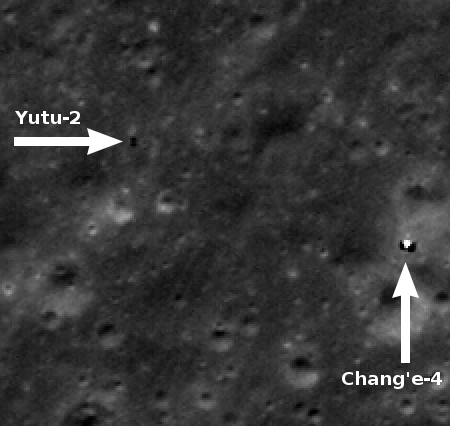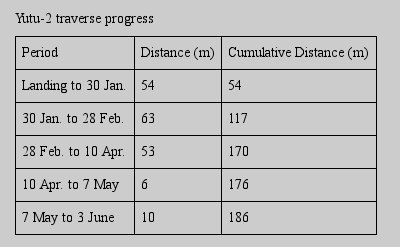China launches two smallsats
Using its Kuaizhou-1A solid rocket, China’s pseudo-private company ExSpace launched two smallsats into orbit yesterday.
This rocket, using technology developed for the military, including a mobile launch platform, is designed to compete directly with Rocket Lab and the other western private smallsat rockets trying to come on line right now. Its development appears to have been wholly funded by the Chinese government, which revealed after the launch that they plan between 8 and 9 more launches before the end of the year.
The leaders in the 2019 launch race:
14 Russia
14 China
10 SpaceX
6 Europe (Arianespace)
4 India
4 Rocket Lab
4 ULA
The U.S. continues to lead 19-14 in the national rankings.
Using its Kuaizhou-1A solid rocket, China’s pseudo-private company ExSpace launched two smallsats into orbit yesterday.
This rocket, using technology developed for the military, including a mobile launch platform, is designed to compete directly with Rocket Lab and the other western private smallsat rockets trying to come on line right now. Its development appears to have been wholly funded by the Chinese government, which revealed after the launch that they plan between 8 and 9 more launches before the end of the year.
The leaders in the 2019 launch race:
14 Russia
14 China
10 SpaceX
6 Europe (Arianespace)
4 India
4 Rocket Lab
4 ULA
The U.S. continues to lead 19-14 in the national rankings.



